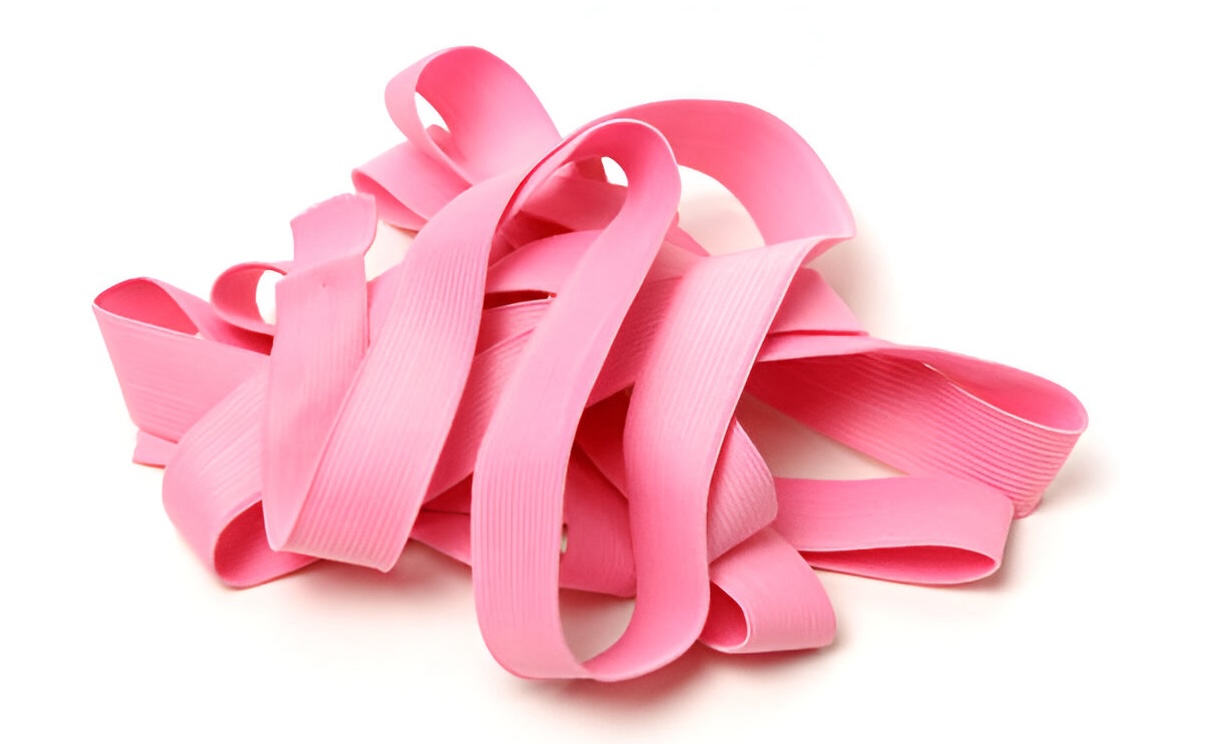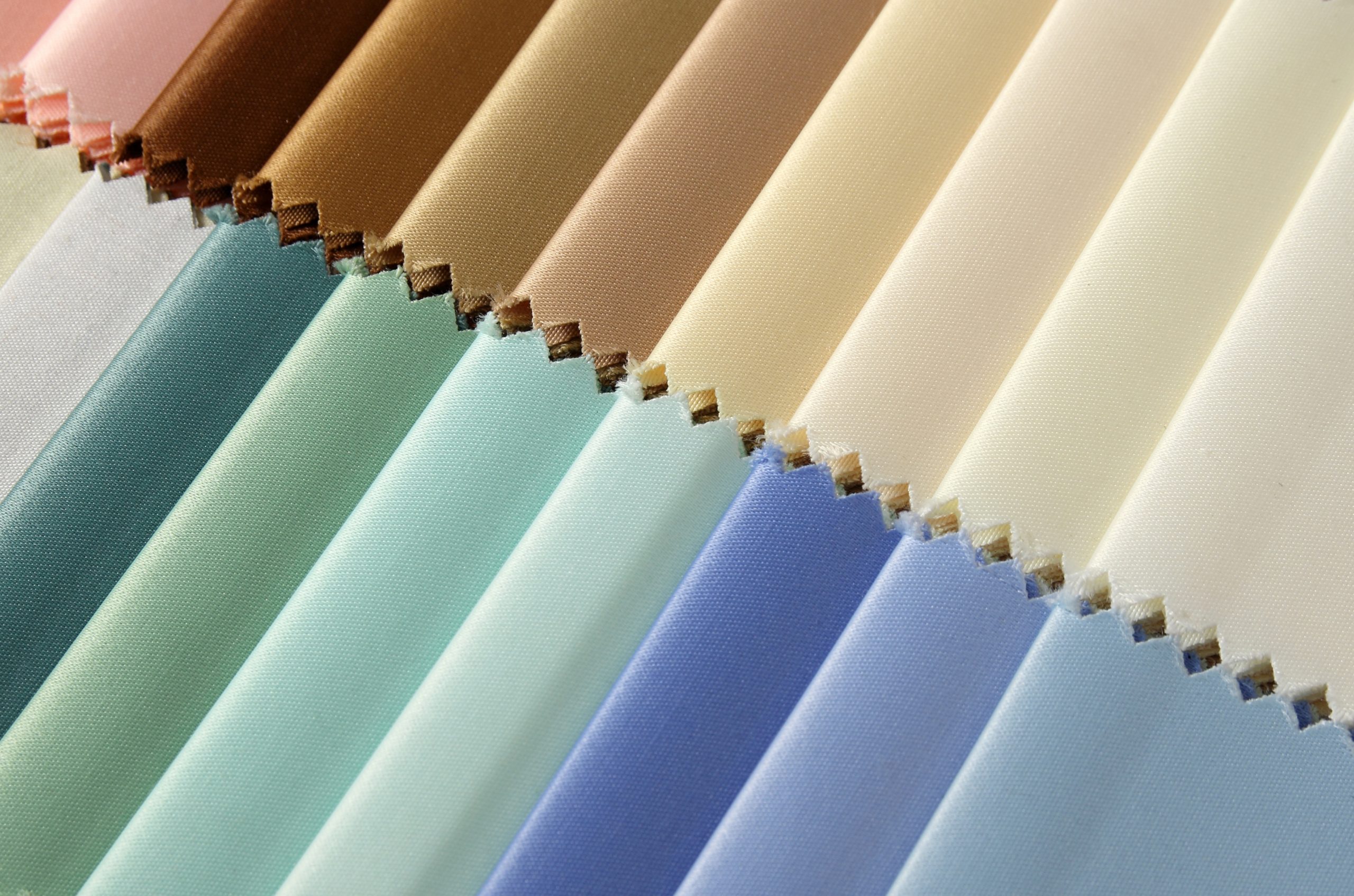Elastics play an essential role in dressmaking, providing stretch, comfort, and structure to garments. Whether you’re designing a fitted waistband, securing a neckline, or creating gathers, elastics add functionality and flair to dresses. This comprehensive guide will explore the various types of elastics used in dresses, their specific applications, and expert tips on selecting the right elastic for your sewing projects.
The Importance of Elastics in Dresses
Elastics are versatile components that allow dresses to fit snugly and comfortably on the body. They add stretch to areas that need flexibility, such as waistbands, cuffs, and necklines, enhancing the garment’s overall fit and comfort. Elastics also enable creative design elements, such as ruching and gathering, which can add texture and style to a dress.
Key Benefits of Using Elastics in Dresses:
1. Enhanced Fit and Comfort: Elastics provide the necessary stretch to keep garments comfortable while maintaining their shape.
2. Versatility in Design: From simple waistbands to intricate gathers, elastics offer endless possibilities for creative dress designs.
3. Ease of Movement: Elastics allow dresses to move with the body, making them ideal for everyday wear, active lifestyles, and special occasions.
Types of Elastics Used in Dresses
Understanding the different types of elastics is crucial for choosing the right one for your dressmaking needs. Here are the most common types used in dresses:
1. Braided Elastic
Braided elastic is one of the most commonly used elastics in dressmaking. It has a textured appearance with parallel ribs running along its length. This type of elastic narrows and loses some of its stretch when sewn, making it ideal for casings where the elastic is not sewn directly into the fabric.
Best Uses:
– Waistbands
– Cuffs
– Neckline casings
Pros:
– Affordable and widely available
– Suitable for light to medium-weight fabrics
Cons:
– Loses stretch when sewn directly into a garment
2. Knitted Elastic
Knitted elastic is soft, lightweight, and maintains its width when stretched. Unlike braided elastic, it does not lose resiliency when pierced with a needle, making it suitable for sewing directly into garments. Knitted elastic is perfect for delicate and lightweight fabrics often used in dresses.
Best Uses:
– Waistbands
– Direct sewing into necklines, sleeves, and other parts of the dress
Pros:
– Soft and comfortable
– Maintains shape and stretch when sewn
Cons:
– Less firm compared to woven elastics
3. Woven (No-Roll) Elastic
Woven elastic, also known as no-roll elastic, is a heavyweight elastic characterized by its horizontal and vertical ribs. It is designed to maintain its shape and prevent rolling, making it an excellent choice for sturdy dress designs.
Best Uses:
– Firm waistbands
– Structured dresses and outerwear
Pros:
– Durable and firm
– Resists rolling and folding
Cons:
– May feel stiffer than other types of elastic
4. Clear Elastic
Clear elastic is a transparent, lightweight elastic commonly used in delicate and stretchy fabrics. It is ideal for creating gathers and adding stability to necklines and shoulder seams without adding bulk to the garment.
Best Uses:
– Necklines and shoulder seams
– Gathering lightweight fabrics
Pros:
– Invisible, making it ideal for sheer fabrics
– Adds stability without bulk
Cons:
– Can be tricky to sew due to its slippery nature
5. Fold-Over Elastic (FOE)
Fold-over elastic, or FOE, is designed to fold in half, encasing the raw edges of fabric. It is often used in finishing edges of knit garments, adding both decorative and functional elements to a dress.
Best Uses:
– Necklines
– Armholes
– Decorative edges
Pros:
– Provides a neat and professional finish
– Available in various colors and patterns
Cons:
– Can be more expensive than standard elastics
How to Choose the Right Elastic for Your Dress
Selecting the right elastic depends on the dress design, fabric type, and desired effect. Here are some tips to guide you in choosing the perfect elastic:
1. Consider the Fabric Weight: Light and delicate fabrics pair best with softer elastics like knitted or clear elastic, while heavier fabrics work well with sturdier options like woven elastic.
2. Match Elastic Stretch with Garment Needs: For areas that require a lot of stretch, such as waistbands, choose elastics with high resiliency. Braided and knitted elastics are good options here.
3. Width Matters: The width of the elastic affects the level of comfort and stability. Narrow elastics (¼ to ½ inch) are great for necklines and cuffs, while wider elastics (1 inch or more) provide a firm hold in waistbands.
4. Check Elastic Quality: Not all elastics are created equal. Always test the elastic’s stretch and recovery before sewing it into your dress to ensure it meets your expectations.
Tips for Sewing with Elastics in Dresses
1. Pre-Stretch the Elastic
Before sewing, gently stretch the elastic a few times. This helps prevent the elastic from overstretching later when worn.
2. Use the Correct Stitch
Choose a stretch stitch, zigzag stitch, or a serger when sewing elastic into dresses. These stitches allow the elastic to maintain its stretch without breaking the thread.
3. Secure the Ends
To prevent fraying or unraveling, always secure the ends of the elastic by backstitching or tacking them down firmly.
4. Sew in Sections
When attaching elastic, sew in sections rather than all at once. This approach helps keep the elastic evenly distributed, avoiding bunching or uneven tension.
5. Cover with Fabric for Comfort
For sensitive areas like waistbands, consider encasing the elastic in fabric or lining to add comfort and prevent skin irritation.
Elastics are indispensable in dressmaking, offering both functional and decorative elements that enhance the fit, comfort, and style of your dresses. By understanding the different types of elastics and their applications, you can elevate your sewing projects, ensuring that each dress not only looks beautiful but also feels great to wear. Whether you’re sewing a casual summer dress or a structured evening gown, elastics will help you achieve the perfect fit and finish.
Embrace the versatility of elastics in your next dressmaking project and experience the difference they can make!



